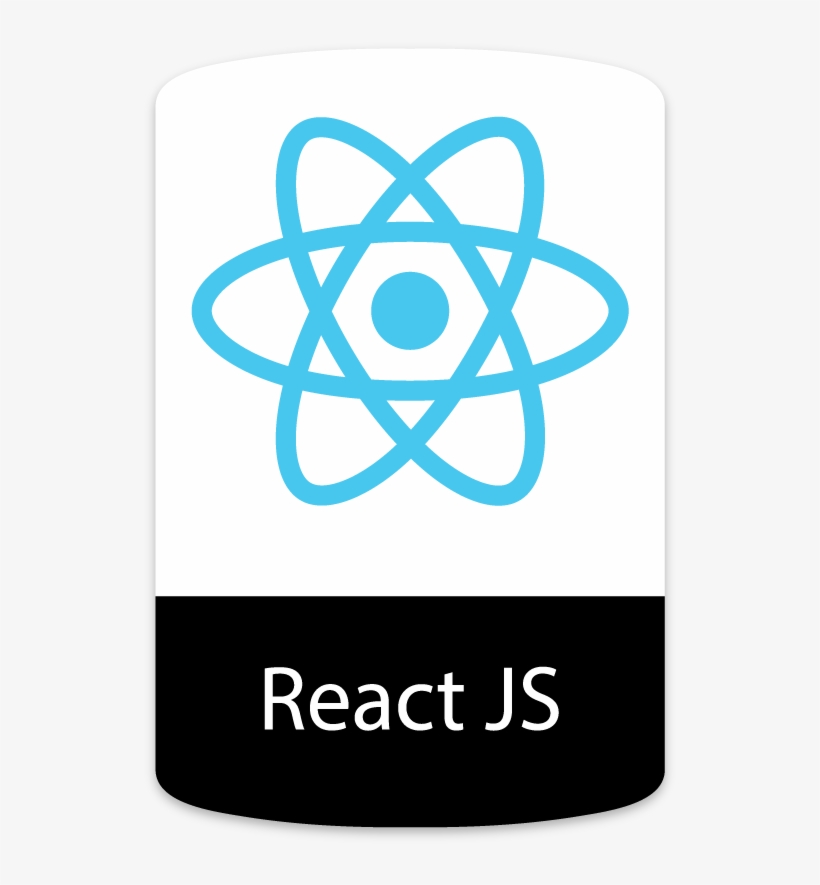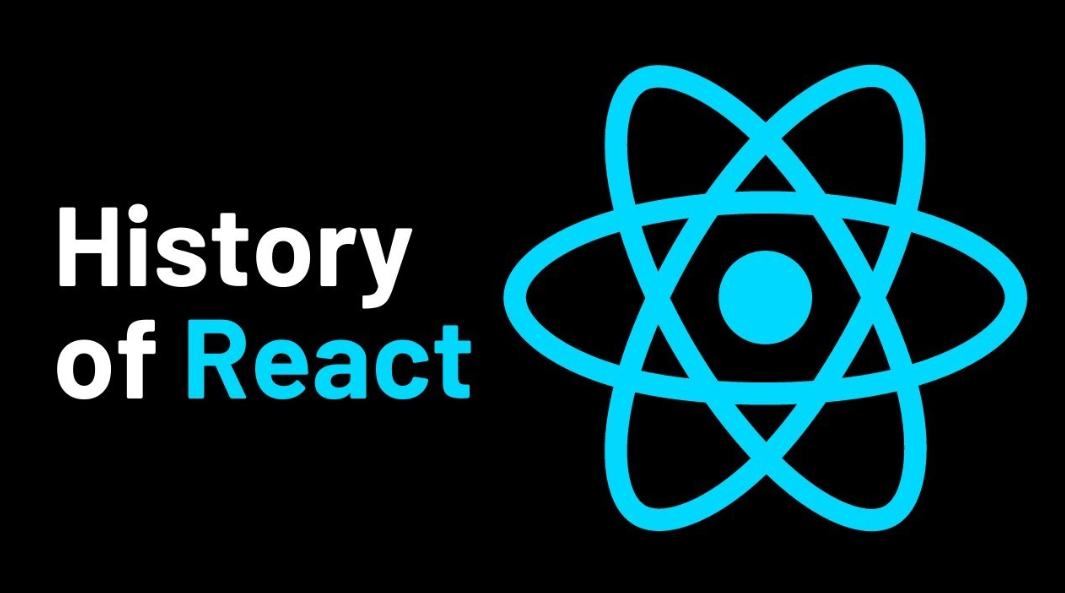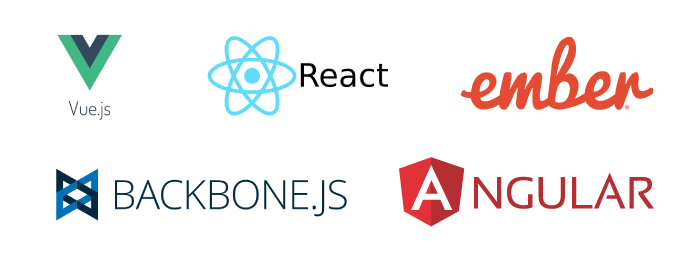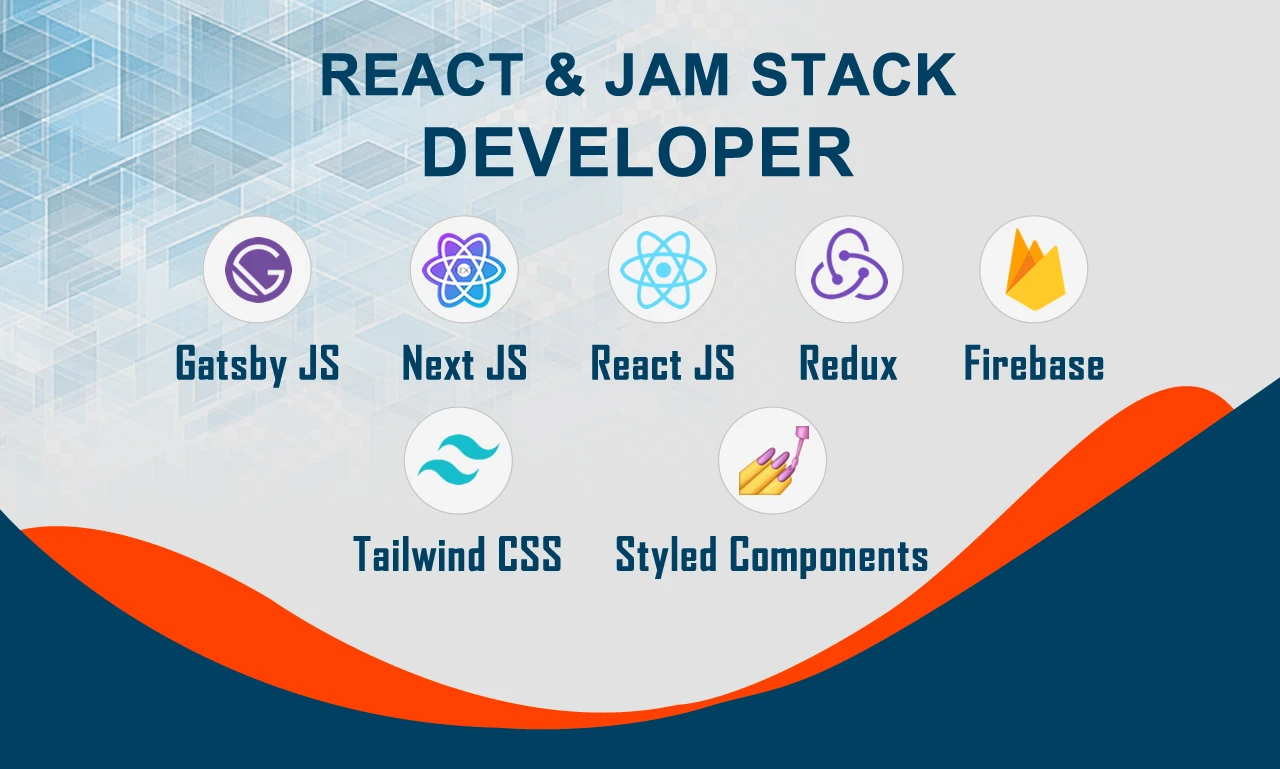Introduction to React
React is …
- React is … a JavaScript library developed by Facebook for building user interfaces.
- React utilizes … a component-based architecture, allowing developers to create reusable UI elements.
- React employs … a virtual DOM (Document Object Model) for efficient updates to the user interface.
- React features … the ability to efficiently render components based on changes in data.
- React promotes … a unidirectional data flow, enhancing predictability and maintainability in large applications.
- React is … widely adopted in the industry due to its simplicity, performance, and thriving ecosystem of tools and libraries.
React revolutionized front-end development by introducing a component-based approach, simplifying the creation of interactive and dynamic user interfaces. Its efficient rendering and straightforward syntax have made it a cornerstone in modern web development, empowering developers to build scalable and maintainable applications with ease.
React Origin Story
- React was created … by Jordan Walke, a software engineer at Facebook, and was first deployed on Facebook’s newsfeed in 2011.
- React was motivated … by the need for a more efficient way to handle the complex and dynamic nature of Facebook’s interface.
- React was released … as an open-source project in May 2013, allowing developers outside of Facebook to utilize and contribute to its development.
- React gained popularity … rapidly due to its innovative approach to building user interfaces and its ability to address common pain points in front-end development.
- React’s introduction of the virtual DOM … which enables fast and efficient updates to the UI, was a significant breakthrough.
- React’s component-based architecture … provided a structured and modular way to build UI elements, promoting code reusability and maintainability.
- React has evolved significantly …, with regular updates and improvements driven by both Facebook’s engineering team and the wider community.
React emerged from the necessity of managing the intricacies of Facebook’s interface efficiently, sparking a revolution in front-end development. Since its inception, React has grown into one of the most popular JavaScript libraries, empowering developers worldwide to create dynamic and responsive user interfaces with ease.
Frameworks other than React
- Angular: Developed and maintained by Google, Angular is a comprehensive framework for building web, mobile, and desktop applications.
- Vue.js: Created by Evan You, Vue.js is a progressive JavaScript framework known for its simplicity and versatility, offering seamless integration with existing projects.
- Ember.js: An opinionated framework designed for building ambitious web applications, Ember.js prioritizes developer productivity and code stability.
- Svelte: A relatively newer framework that shifts much of the work to compile time, resulting in highly optimized and efficient code.
- Backbone.js: Although older, Backbone.js remains relevant, offering a lightweight framework for structuring client-side applications and providing the foundation for many modern JavaScript frameworks.
- Meteor: A full-stack platform that enables rapid development of real-time web and mobile applications using a single codebase.
- Aurelia: A modern framework designed with simplicity and extensibility in mind, Aurelia emphasizes clean code and seamless integration with other libraries and frameworks.
Each of these frameworks offers unique features, strengths, and use cases, catering to diverse developer preferences and project requirements.
Family of React Frameworks
- Next.js: A popular React framework for building server-rendered React applications with features like automatic code splitting, server-side rendering, and static exporting.
- Gatsby: A static site generator powered by React, Gatsby leverages GraphQL to pull data from various sources, enabling developers to build fast and efficient websites and web applications.
- Redux: While not a framework per se, Redux is a predictable state container for JavaScript apps, often used with React to manage application state in a more organized and manageable way.
- React Router: A declarative routing library for React applications, React Router enables developers to define dynamic routes and handle navigation within their applications.
- Styled-components: A library for styling React components with scoped and dynamic CSS-in-JS, allowing developers to write CSS directly within their JavaScript code.
- Material-UI: A popular React UI framework that provides pre-designed components following Google’s Material Design guidelines, enabling developers to create visually appealing and consistent user interfaces.
- React Native: While not specifically a framework, React Native deserves mention as it allows developers to build mobile applications using React, sharing a large portion of the codebase between iOS and Android platforms.
- Recoil: A state management library for React applications, Recoil provides a more flexible and scalable approach to managing state compared to traditional solutions like Redux.
These frameworks and libraries enhance React’s capabilities, offering solutions for state management, routing, styling, and more, thereby enriching the development experience and enabling developers to build robust and feature-rich applications efficiently.



